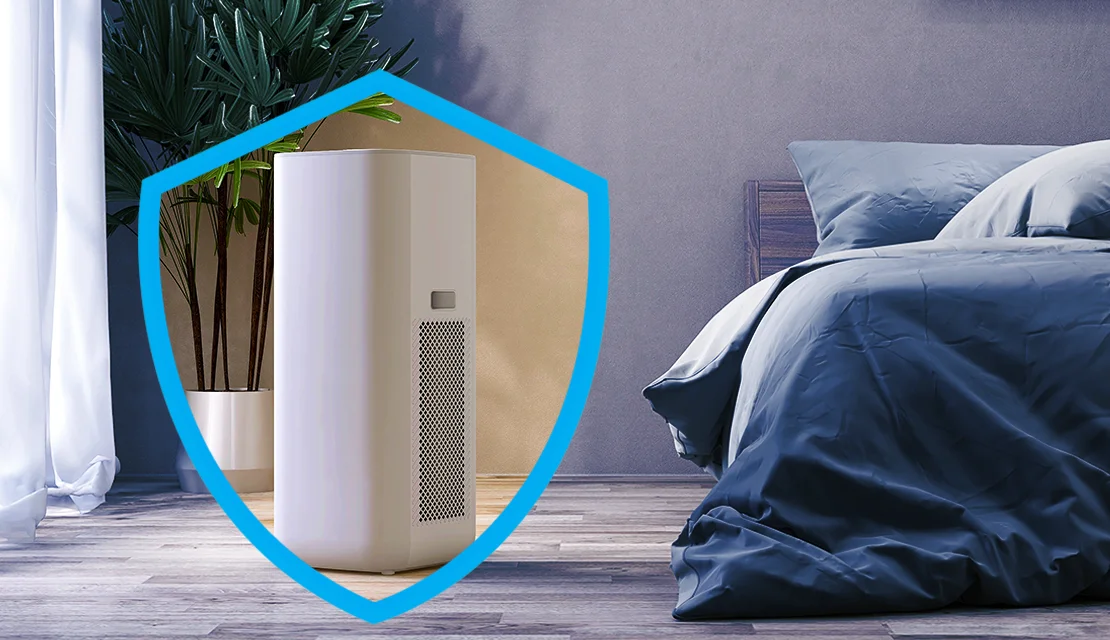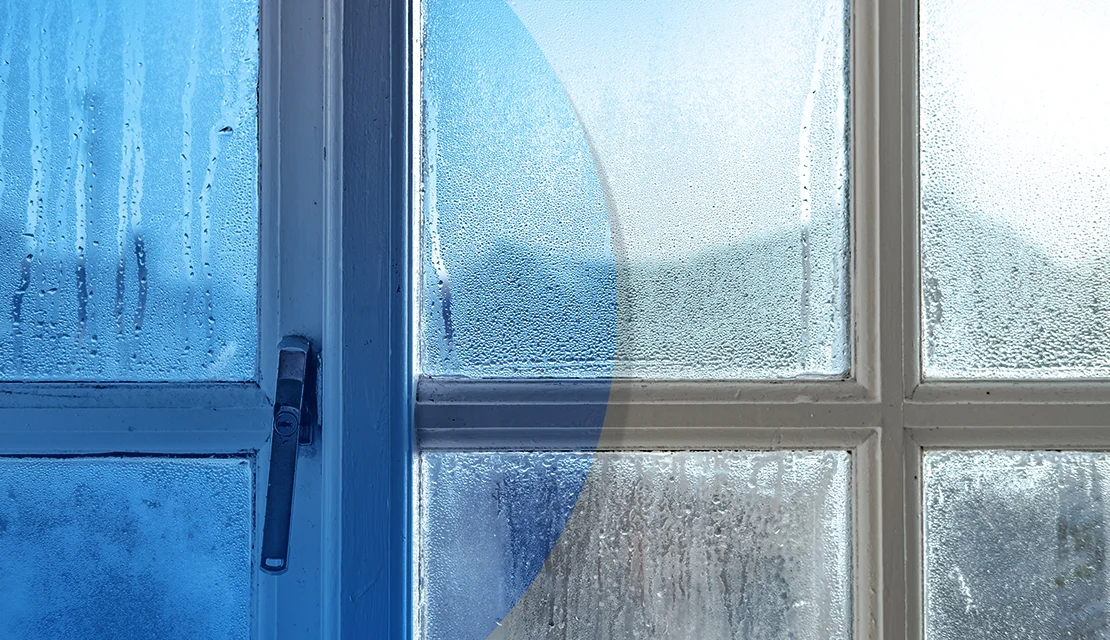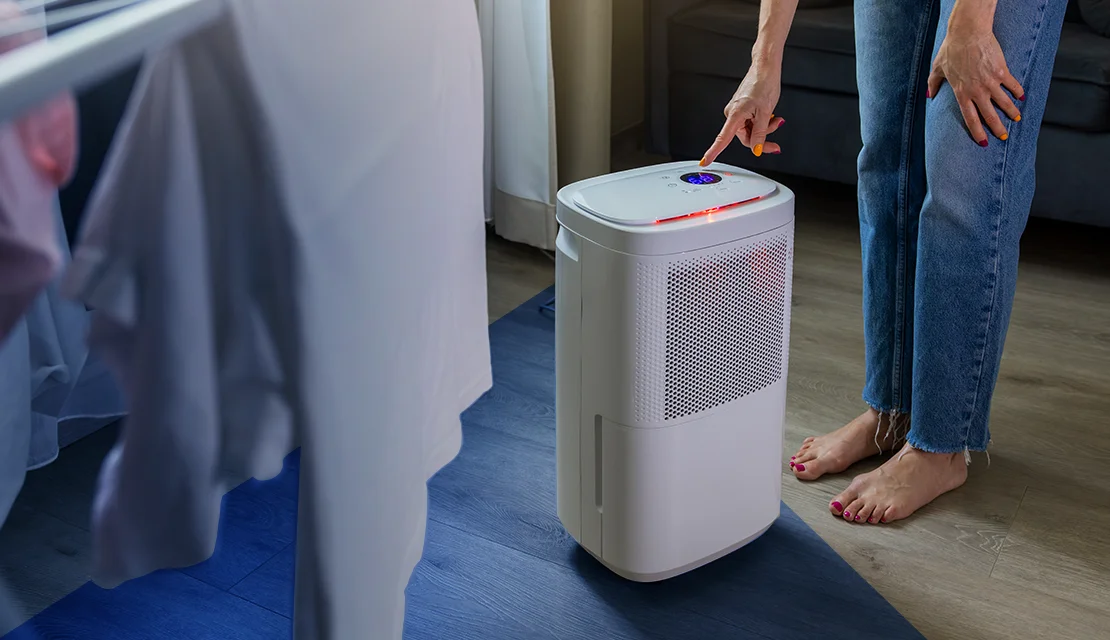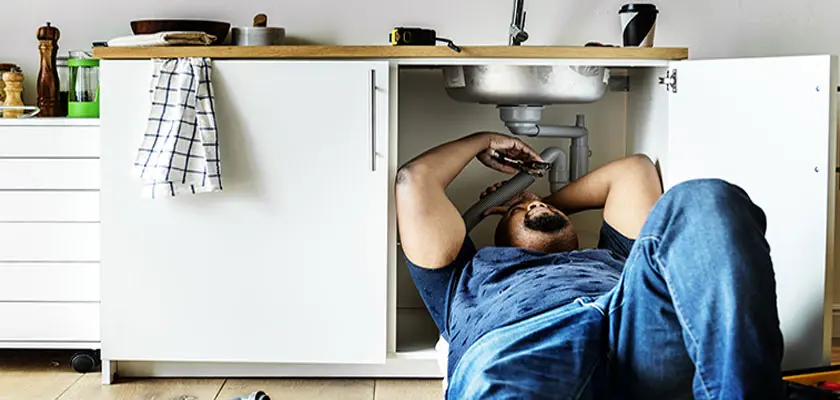
Ever notice your windows fogging up or that stubborn? Or a musty, damp smell lingering in certain rooms? High humidity might be the reason, and your home might be trying to send you a signal about its moisture levels. The key benefits of a dehumidifier might surprise you; these devices do so much more than most homeowners realize.
When humidity gets out of hand, it doesn’t just affect comfort. It creates ideal conditions for mold spores, triggers allergies, and can even compromise your home’s furniture and structural integrity over time. Nobody wants to deal with peeling paint, rotting wood, or health issues caused by poor air quality.
Want to take control of your indoor climate? Let’s explore how these smart devices function, their incredible advantages, and find the perfect placement spots in your home.
A dehumidifier is designed to pull excess moisture out of your indoor air. It takes in warm, damp air and passes it over cooled coils inside the machine. As the air hits those coils, water vapor condenses into liquid and collects in a tray or tank.
Once the moisture is trapped, the drier air is reheated slightly and released back into your room. What you get is air that feels lighter, less sticky, and much more comfortable to breathe.
Homeowners usually aim to keep humidity between 30% and 50%, depending on the season. Staying within this range makes everyday living more pleasant while reducing the risks of mold, mildew, and peeling or warped surfaces.
A dehumidifier does a lot more than make your house feel less sticky. It helps create a healthier environment, keeps your belongings safe from moisture damage, and adds extra comfort to your daily life. Too much humidity invites a range of issues that you can easily avoid with the right home appliance. Let’s see what those benefits are:
Condensation may seem harmless at first, but those beads of water on glass or damp streaks on walls often point to a humidity imbalance inside your home. Over time, excess moisture may seep into wood, damage drywall, and wear away paint. This creates perfect conditions for mold to spread and can lead to costly restoration projects.

Even well-sealed homes are not immune if air circulation is poor. By pulling excess water vapor out of the air, a dehumidifier keeps these hassles in check. Instead of battling stains or costly repairs later, you can maintain a cleaner home. It’s a simple way to stop humidity from getting out of control of your living space.
High humidity creates a breeding ground for common allergy culprits like dust mites and mildew. One of the key benefits of a dehumidifier is that it strips away this humidity, making your home far less friendly to allergy triggers. Damp spaces like basements and bathrooms especially benefit from drier air circulation.
People with asthma often notice how muggy air worsens their symptoms. Humid air feels heavy, and it can make breathing more of an effort. Using a dehumidifier keeps the environment easier on the lungs and more comfortable overall.
Moist environments don’t just invite mold; they also attract pests. Many insects, including spiders and cockroaches, are often drawn to damp corners of the home where they can thrive unnoticed.
You may have already seen this in your own home. Basements, bathrooms, and laundry rooms often feel damper and are notorious for hosting unwanted pests. This is because excess moisture provides the perfect breeding ground for them.
Using a dehumidifier changes this environment completely. By lowering the humidity, you make those damp areas less inviting for pests. Over time, you’ll notice fewer insects around problem rooms and a fresher, more comfortable space to live in.
One of the most noticeable signs of high humidity is that damp, musty odor that lingers in the air. It’s often strongest in basements, crawl spaces, or bathrooms where moisture hangs around the longest.
These unpleasant smells are usually linked to mold and mildew growth. Even if you don’t see it on the surface, the odor is often a clue that hidden moisture is present. Left unchecked, the smell will spread to fabrics like bedding or towels, making it harder to get rid of.
By running a dehumidifier, you lower the air’s moisture so mold and mildew don’t have the conditions they need. As those sources dry out, the unwanted smell fades too. What’s left behind is a cleaner, fresher atmosphere throughout your home.
Humidity can quietly damage items around your home. Wood can warp or rot, metals may rust, and electronics can fail when exposed to moisture over time. A dehumidifier pulls excess humidity from the air, creating a safer environment for your belongings.
Over time, this helps preserve furniture, electronics, and metal fixtures from damage caused by dampness. The benefits of having a dehumidifier include shielding these essentials by keeping the environment stable.
With balanced humidity, your home’s valuable belongings and structure stay safer and functional longer. It is a step toward preserving the value of everything inside your home.
One overlooked advantage of controlling humidity is improved energy efficiency. Humid air traps heat, tricking you into thinking your home is warmer than it is. The natural response is to crank up the air conditioning.
By pulling moisture out of the air, a dehumidifier makes the air feel lighter and cooler, even at slightly higher thermostat settings. That means you stay comfortable without pushing your HVAC unit to its limits.
This improved efficiency lowers energy use and gives your cooling system less strain. The combined impact? Lower utilities, more consistent comfort, and less wear and tear on the expensive HVAC units or parts.
Not every room in your home holds the same amount of moisture. Some areas naturally trap damp air because of limited ventilation, plumbing, or direct exposure to the ground. These are the spots where a dehumidifier can make the biggest difference.
Laundry Room
Laundry rooms are one of the dampest areas in any home. The constant use of washers and dryers creates steam. Over time, this can result in mildew smells sticking to clothes, towels, and even the walls. Placing a dehumidifier here ensures the air stays drier, reducing the chance of mold growth and protecting your laundry items from stale odors.

Basement
Basements naturally trap moisture due to poor ventilation and proximity to the ground. They are also prone to leaks and groundwater seepage through walls and foundations. With poor insulation and higher moisture levels, they are prime areas for mold buildup.
Bathroom
Steamy showers and constant water use make bathrooms a hotspot for mold. If it has no window or the bathroom exhaust fan isn’t strong, moisture lingers and leads to mildew. A dehumidifier helps pull out the lingering moisture, keeping surfaces cleaner and preventing mold growth.
Kitchen
Cooking, boiling water, and dishwasher use add moisture to the air. In poorly ventilated kitchens, humidity can condense on cabinets, countertops, and appliances. A dehumidifier helps reduce dampness and preserves the quality of your kitchen surfaces.
Bedrooms
High humidity in bedrooms can affect sleep quality and trigger allergies. Running a dehumidifier creates a fresher, more comfortable environment, especially for those sensitive to dust and allergens.
Yes, especially in damp homes. These units improve indoor air quality, limit mold spore growth, and maintain comfort in humid conditions.
If you live in humid states like Florida or Louisiana, these moisture control appliances can run year-round. In most other areas, use it mainly from late spring through early fall when indoor humidity rises.
In highly damp spaces such as interior bathrooms, continuous operation is fine. For most rooms, running it about half the day is enough. Turn it off once indoor humidity reaches roughly 45%.
Not typically. In fact, by reducing strain on your AC, these air-drying appliances can lower overall energy costs
Disclaimer: The information in this article is intended to provide guidance on the proper maintenance and care of systems and appliances in the home. Not all the topics mentioned are covered by our home warranty plans. Please review your home warranty contract carefully to understand your coverage.
Our blogs and articles may link to third-party sites that offer products, services, coaches, consultants, and/or experts. Any such link is provided for reference only and not intended as an endorsement or statement that the information provided by the other party is accurate. We are not compensated for any products or services purchased from these third-party links.

Don’t wait until it’s too late! Check out our current plans and get your free quote.

Home Warranty
When people think of home warranties, they usually think of major appliances. However, the right home warranty plan can also cover all the major systems that keep your house running...

Home Warranty
If you’re a homeowner, buyer, or seller, one question might be on your mind — are home warranties worth it? The truth is - it depends on a few key..

Household Tips
An automatic garage door opener is a wonderful luxury that makes it easy to stow your car away during unpleasant weather conditions. But when your garage door opener is on..